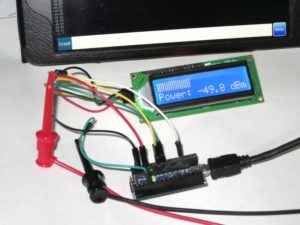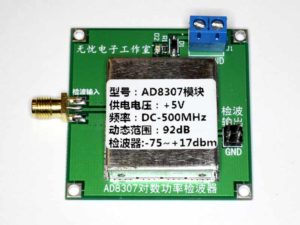Some recent articles here used a two port analyser to evaluate Insertion VSWR of some coax switches, and it raises the question about application of a hand held analyser and Insertion VSWR of a VSWR meter.
(Duffy 2007) listed tests for evaluation of a VSWR meter:
Testing a VSWR meter
The tests here need to be interpreted in the context of whether the device under test (DUT) has only calibrated power scales, or a VSWR Set/Reflected mode of measurement, and whether directional coupler scales are identical for both directions.
- Connect a calibrated dummy load of the nominal impedance on the instrument output and measure the VSWR at upper and lower limit frequencies and some in between frequencies. The VSWR should be 1. (Checks nominal calibration impedance);
- Repeat Test 1 at a selection of test frequencies and for each test, without changing transmitter power, reverse the DUT and verify that repeat the forward/set and reflected readings swap, but are of the same amplitude (checks the symmetry / balance of the detectors under matched line conditions).
- Connect a s/c to the instrument output and measure the VSWR at upper and lower limit frequencies and some in between frequencies. The VSWR should be infinite. (Discloses averaging due to excessive sampler length);
- Connect an o/c to the instrument output and measure the VSWR at upper and lower limit frequencies and some in between frequencies. The VSWR should be infinite. (Discloses averaging due to excessive sampler length);
- Connect a calibrated wattmeter / dummy load of the nominal impedance on the instrument output and measure calibration accuracy of power / ρ / VSWR scales at a range of power levels in both forward and reflected directions (Checks scale shape and absolute power calibration accuracy).
- Repeating Test 1 additionally with a calibrated VSWR meter connected to the input to the DUT, and measure the VSWR caused by the DUT at a range of test frequencies (Checks Insertion VSWR).
It is not unusual for low grade instruments to pass Test 1, but to fail Test 6 (and some others, especially Test 3 and Test 4) towards the higher end of their specified frequency range.
Item 6 in the list was to evaluate the Insertion VSWR. Continue reading Can a hand held analyser be used to evaluate Insertion VSWR of a VSWR meter?








